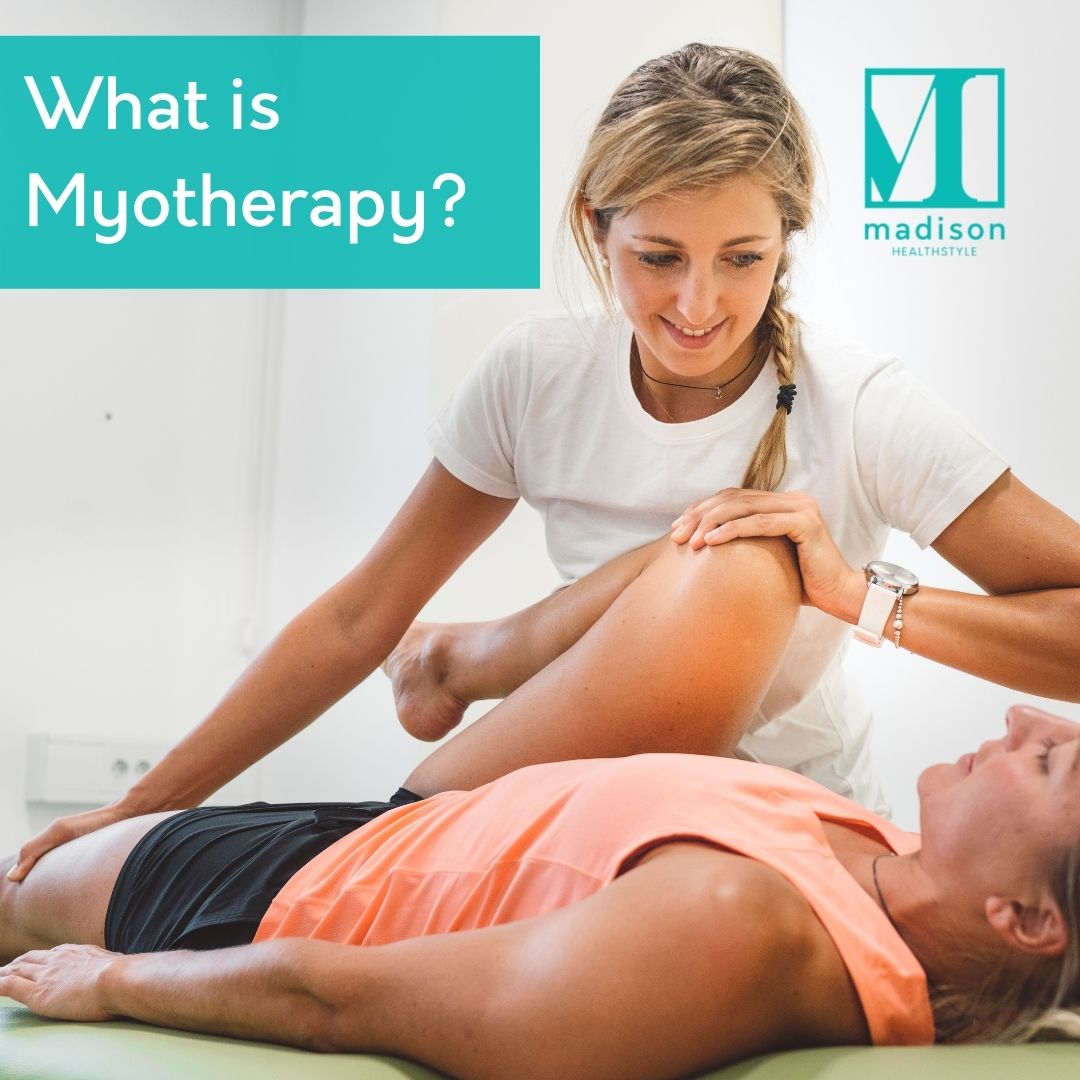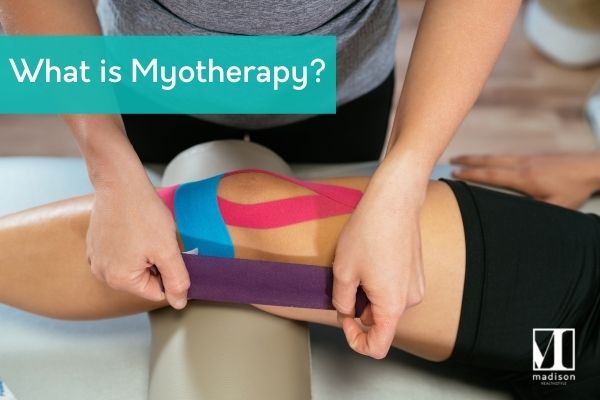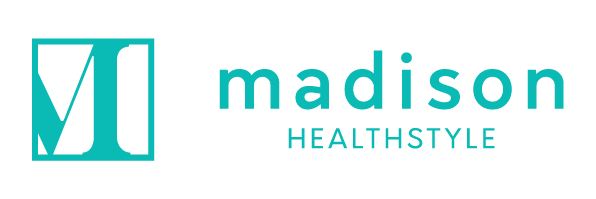What is Myotherapy?

When people on the Gold Coast are looking for solutions to muscle tension and pain, they often end up asking – What is Myotherapy?
Musculoskeletal pain is often a result of muscle imbalance, joint misalignment, neural dysfunction or a combination of all three. This can occur due to acute injuries from direct trauma or muscle overuse that has crept up insidiously over time. These issues are often associated with sustained, repetitive movements experienced when playing excessive sport or performing manual labour tasks.
Pain and injury can be be linked to poor posture, muscle weakness in a sedentary lifestyle or simply degeneration as a result of all the stresses in life.
Whatever the cause of your pain, myotherapy could help you.
So, what is myotherapy you may ask?
Myotherapy is a form of manual therapy that addresses a number of musculoskeletal conditions. These can include back, neck, shoulder, sacroiliac joint (SIJ) and temporomandibular joint (TMJ) pain. Also headaches and migraines and sports injuries amongst others.

As myotherapists, pain reduction is our immediate aim. However, over a longer period our goal is to restore muscle, joint and nerve function. This can help to achieve optimal range of motion and correct biomechanics.
Whilst treatments are quite specific and targeted, myotherapists use a more holistic approach in both assessment and treatment. We assess the entire musculoskeletal system, including muscles, joints and the lymphatic and nervous systems. This thorough assessment helps to determine the underlying causes of your pain. Assessment includes postural observation, identification of range of motion and bio-mechanical deficits as well as the consideration of certain lifestyle (including work) activities.
What to expect at your first visit to a Myotherapist:
The initial session also includes a detailed health history, as well as further orthopaedic special testing should this be necessary to determine what is going on in your case.
Once the possible cause of your pain has been determined, one or more of the following treatment techniques will be used:
- Soft tissue release which utilises a variety of massage and myofascial release techniques.
- Trigger point therapy in which direct pressure is applied to specific points to reduce muscle tension and relieve pain.
- Myofascial dry needling in which sterile, single use needles are inserted into the muscle belly or active trigger point. This elicits a twitch response that ultimately results in a reduction of pain.
- Myofascial cupping which involves the use of glass or plastic cups to decompress and draw the superficial muscles and fascia into the cup. This technique causes a sustained stretch to release tension and improve muscle tone.
- Joint mobilisations that comprise gentle oscillations to a joint to improve movement and reduce pain.
- Neural flossing which involves releasing a nerve that may be compressed between stiff joints or tight muscles. The nerve may have become irritated and painful. This technique encourages the nerve to move smoothly in its pathway between the joints or muscles.
- Electrotherapy which uses a low voltage electrical current through needles or pads to reduce pain and tension, stimulate circulation and increase muscle performance.
- Muscle Energy Techniques (METs) or Proprioceptive Neuromuscular Facilitation (PNF) that engage neurological reflexes to promote stretching of the myofascial tissue.
- Corrective exercise to facilitate and improve muscle imbalances as well as postural and biomechanical dysfunction; and/or
- Taping to unload injured tissue, stabilise a structure, encourage correct posture and reduce pain.
Usually towards the end of your session we reassess you. This also occurs throughout your treatment plan as part of the process.
What do I have to do?
Your myotherapy session is definitely not a passive treatment and you should expect to actively participate in various movements and stretches facilitated by your therapist as part of the process. You may also be required to follow through with an exercise regime at home as part of your healing journey. This will lead to rapid improvement but also long-term prevention.
So now that you know, if someone asks you ‘What is Myotherapy?’ you can let them know!
Myotherapy is now available at our Robina location with more coming soon! Book your time using the button up the top of this page.


